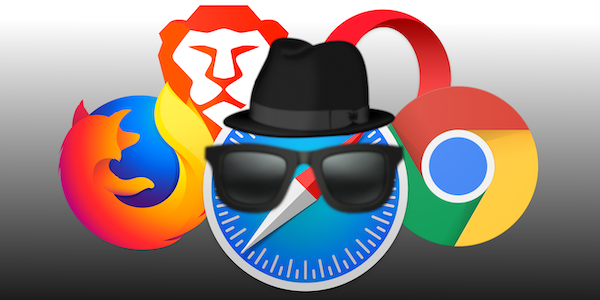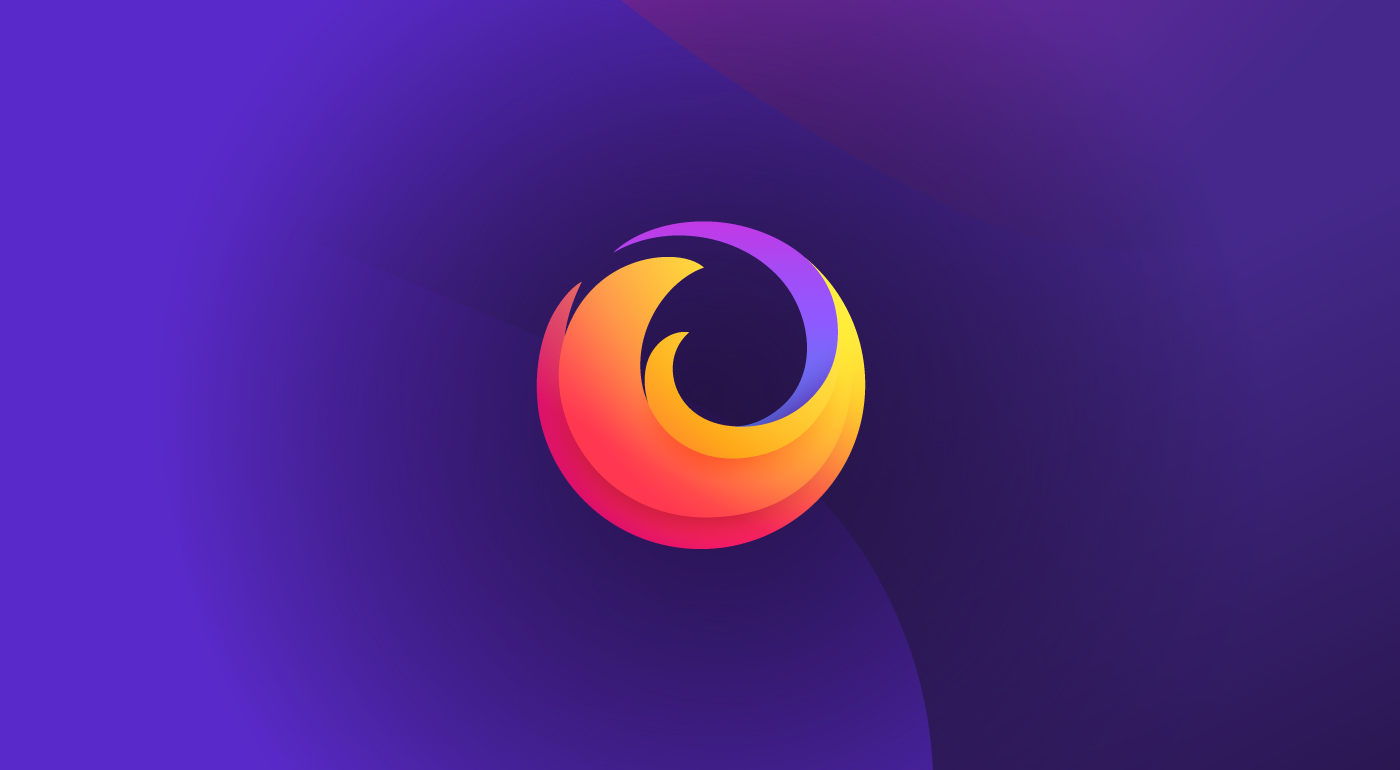
Mozilla judged that third-party-installed add-ons were problematic, taking away user control, lagging behind on compatibility and security updates, slowing down Firefox startup and page loading time, and cluttering the interface with unused toolbars. Add-ons installed by third-party programs were disabled by default, but user-installed add-ons were enabled by default. Upon installation, a dialog box prompted users to enable or disable the add-ons. įirefox 8 was released on Novem and prompts users about any previously installed add-ons. Trailing slashes on domains are also hidden, for example: becomes. Some URLs are trimmed in the address bar, so the " scheme no longer appears, but " is still displayed. įirefox 7.0.1 was released a few days later, fixing a rare, but serious, issue with add-ons not being detected by the browser. įirefox 7 was released on September 27, 2011, and uses as much as 50% less RAM than Firefox 4 as a result of the MemShrink project to reduce Firefox memory usage.
OLDER FIREFOX VERSIONS FOR MAC UPDATE
This update also brought the infamous feature that caused JavaScript entered in the address bar to not run. įirefox 6 was released on August 16, 2011, introducing a permissions manager, new address bar highlighting (the domain name is black while the rest of the URL is gray ), streamlining the look of the site identity block, a quicker startup time, a ScratchPad JavaScript compiler, and many other new features. Mozilla also integrated the HTML5 video WebM standard into the browser, allowing playback of WebM videos. Firefox 5 has significantly improved the speed of web-related tasks, such as loading pages with combo boxes or MathML. Firefox 5 is the first release in Mozilla's new rapid release plan, matching Google Chrome's rapid release schedule and rapid version number increments.

Firefox 5 through 9įirefox 5 was released on June 21, 2011, three months after the major release of Firefox 4. This accelerated release cycle was met with criticism by users, as it often broke add-on compatibility, as well as those who believe Firefox was simply trying to increase its version number to compare with other browsers such as Google Chrome. The stated aim of this faster-paced process is to get new features to users faster. Gecko version numbering is the same as the Firefox build version number, starting with 5.0 on Firefox 5.

"Release" is the current official version of Firefox. The "Beta" channel provides improved stability over the "Nightly" builds and is the first development milestone that has the "Firefox" logo.

The "Beta" channel is up to six weeks behind the "Aurora" build, for up to about twelve weeks compared to the most recent "Nightly" build. As of version 35, the "Aurora" channel has been renamed to the "Developer Edition" channel. The "Aurora" build is up to six weeks behind "Nightly" and offers functionality that has undergone basic testing. The most recent available build is called "Nightly Builds" and offers the latest, untested features and updates. In April 2011, the development process was split into several "channels", each working on a build in a different stage of development. Main article: Firefox early version history Rapid releases


 0 kommentar(er)
0 kommentar(er)
